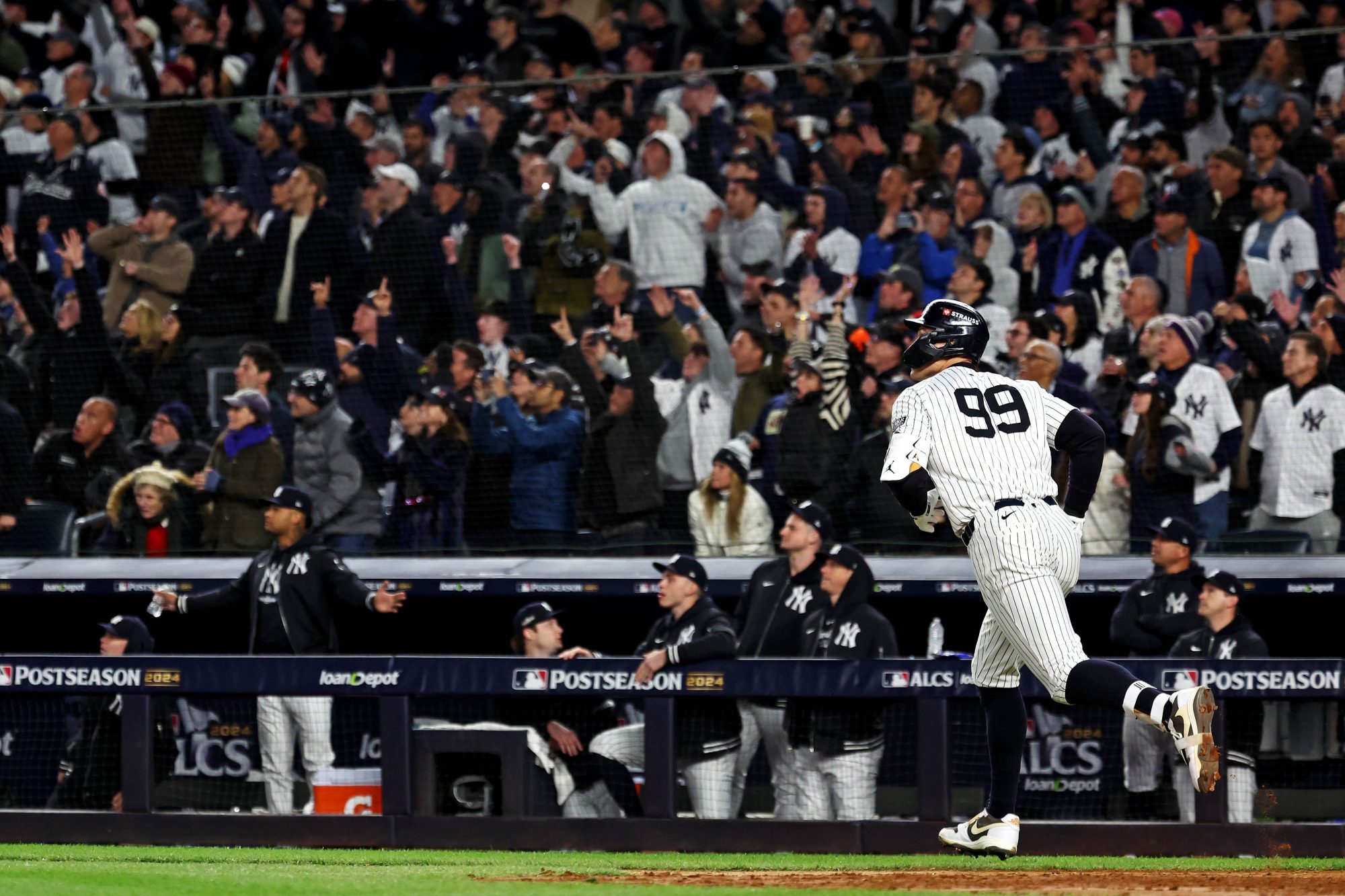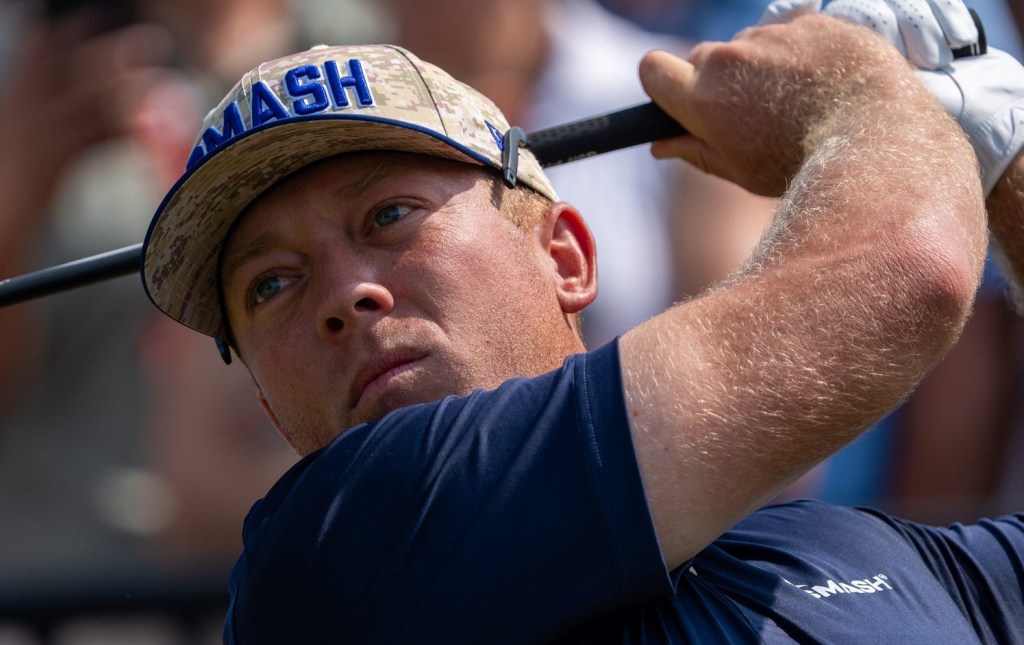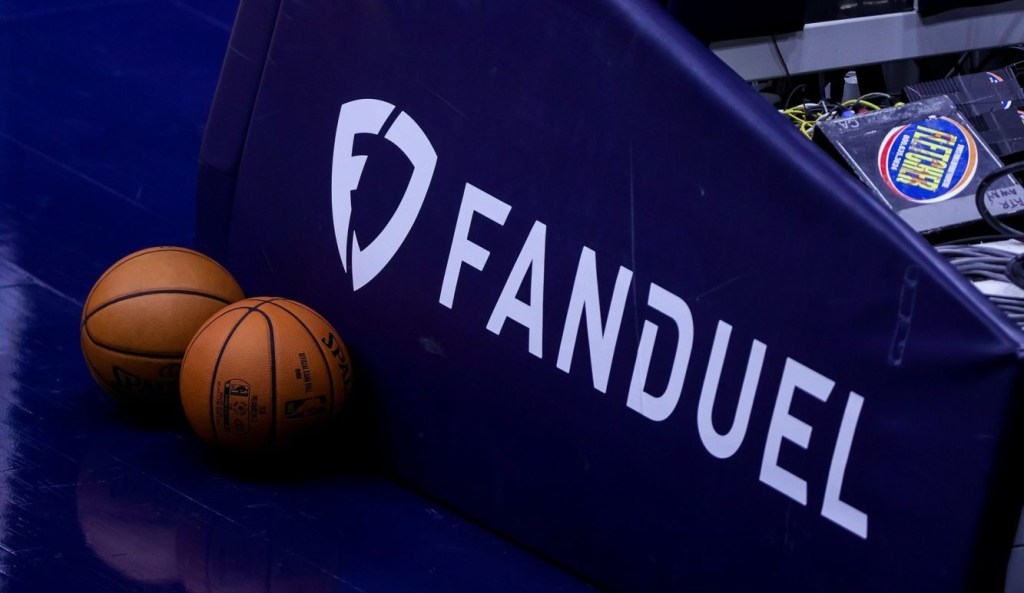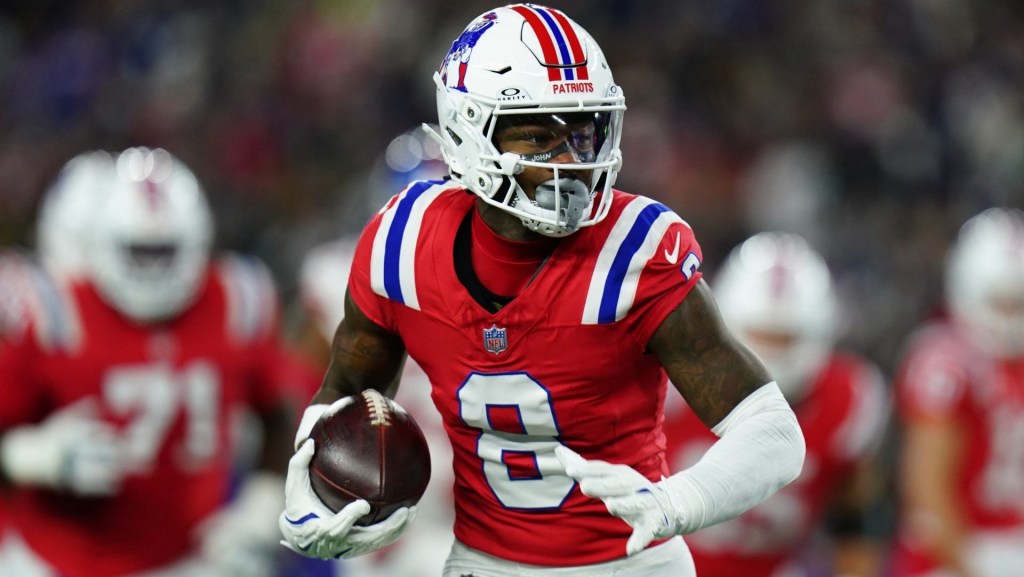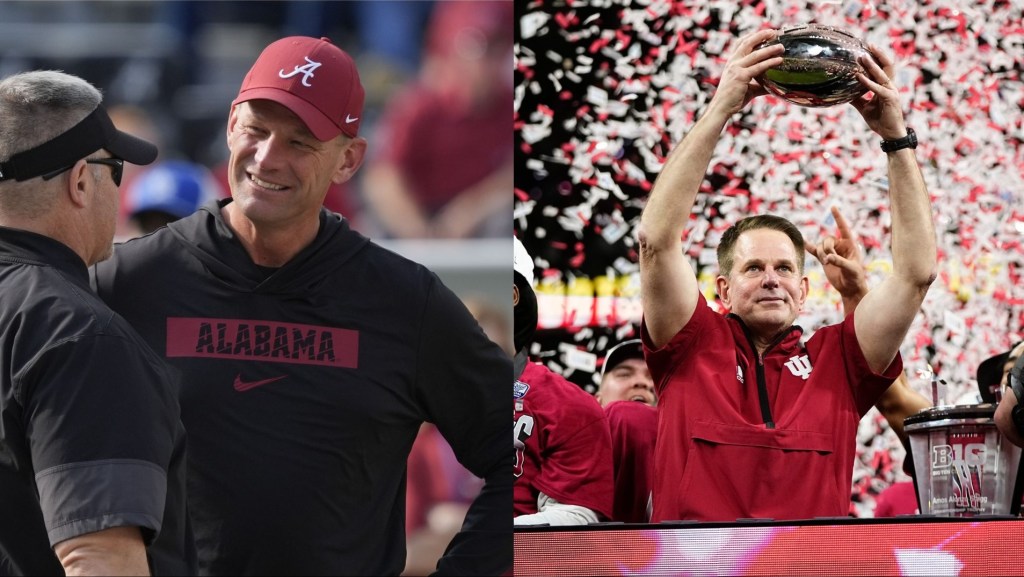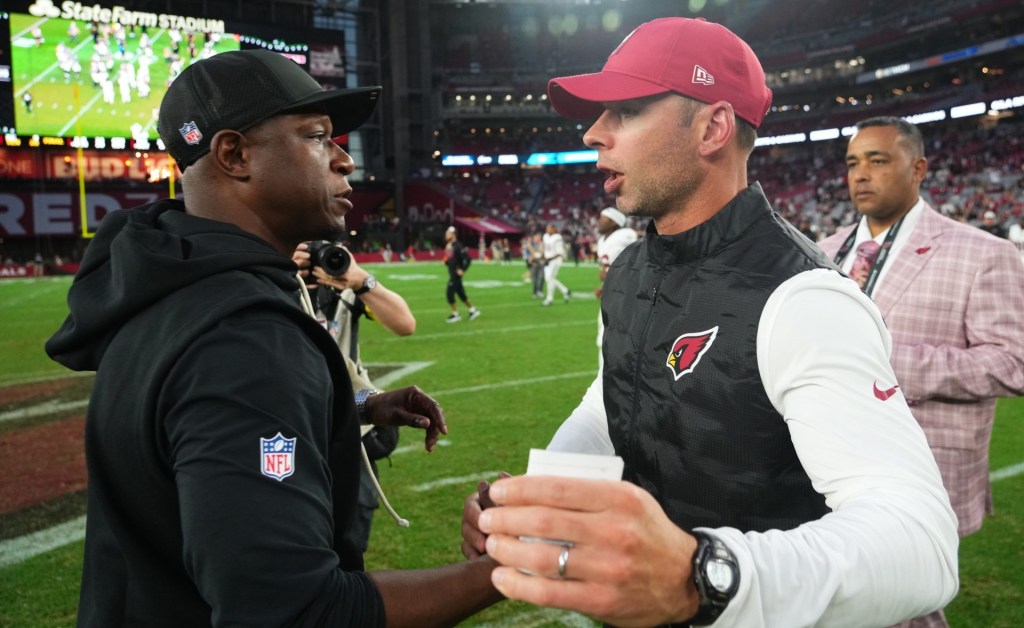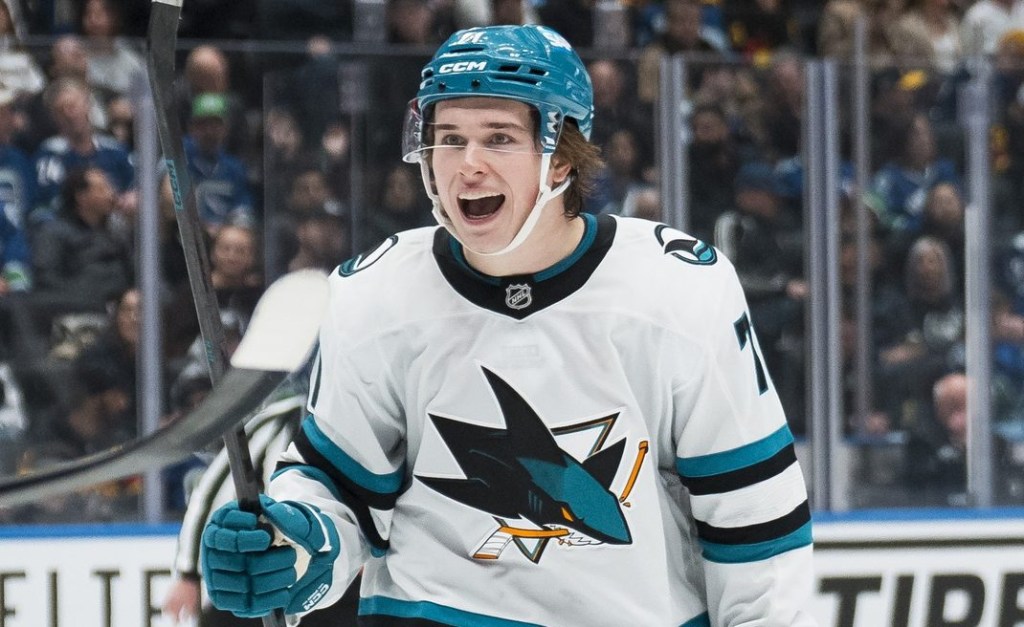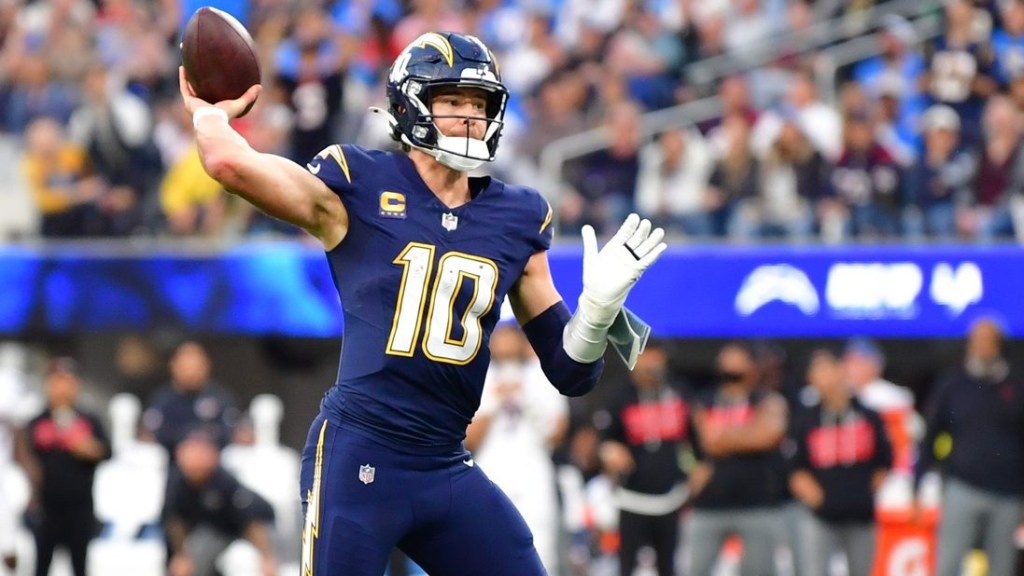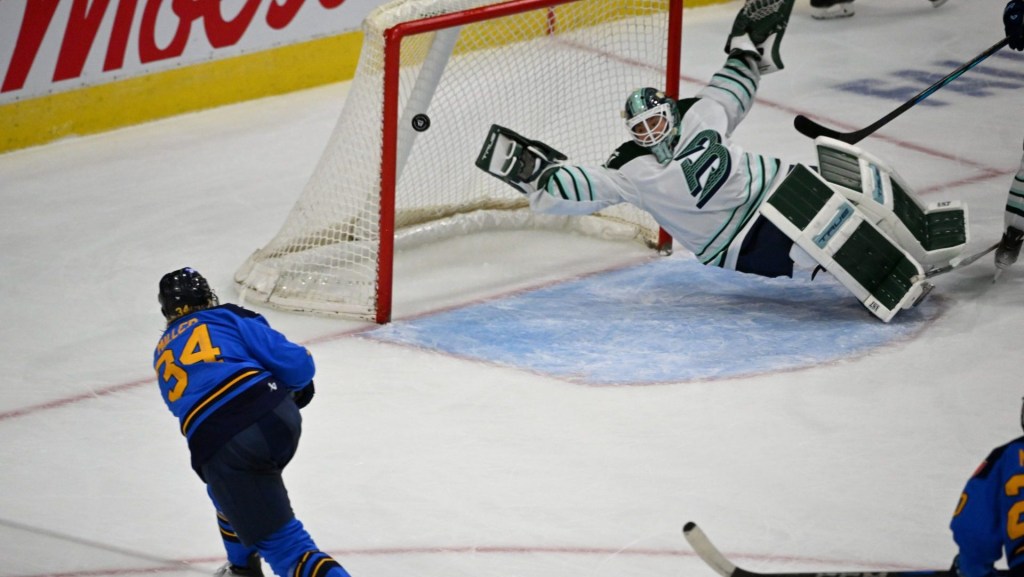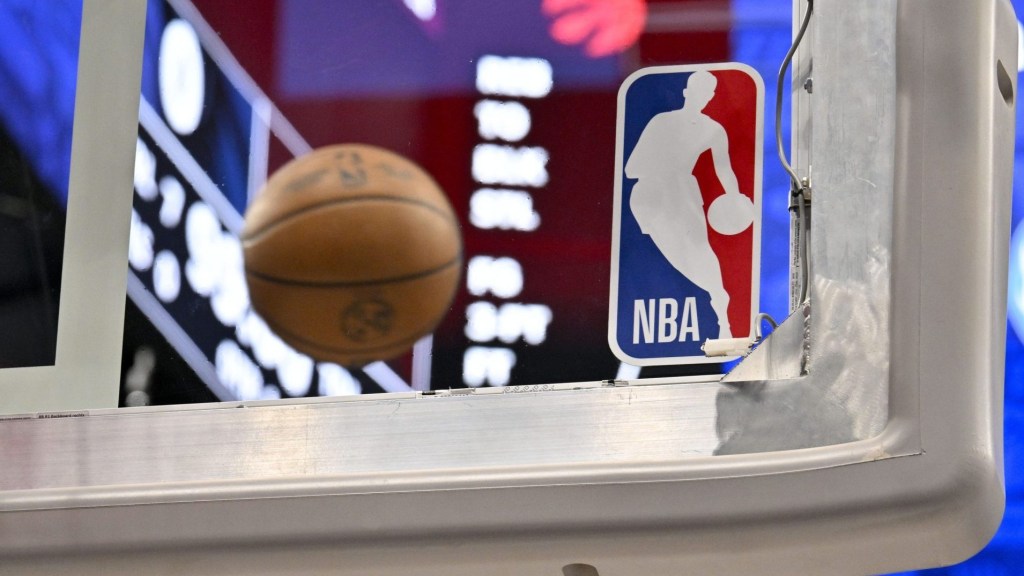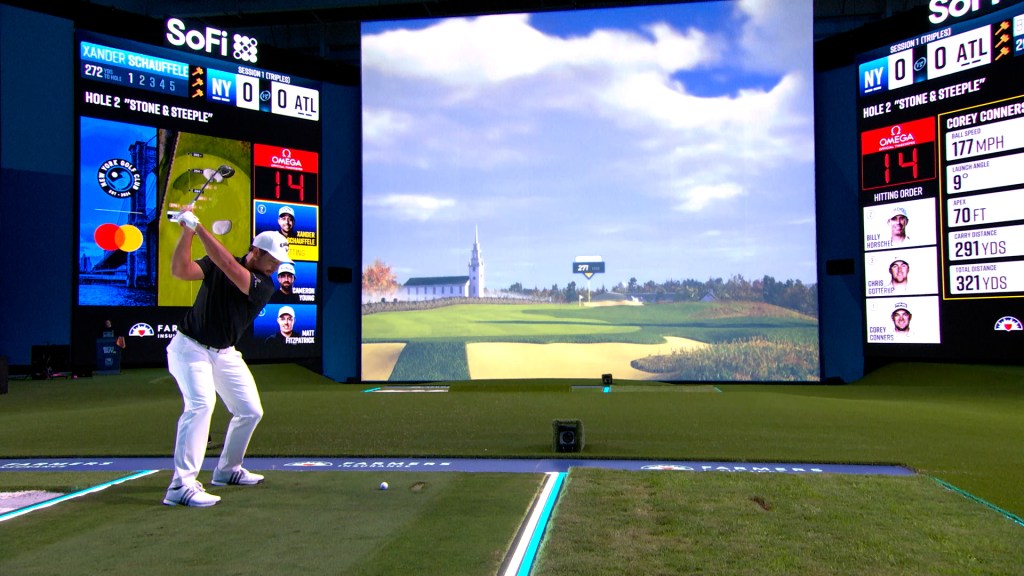For more than a generation, the Major League Baseball postseason has brought no shortage of angst around the sport. Even in otherwise strong years for the league, such as 2023, a steadily downward trend in October viewership has heavily colored how the playoffs—and the sport overall—are viewed.
That slide reached unprecedented levels last season with the Rangers’ five-game World Series win over the Diamondbacks, generating a new low for Fall Classic viewership.
But what a difference a year makes. Even before the World Series, MLB’s 2024 postseason has been a near-nightly source of gripping drama producing some of the league’s best viewership figures in years, including a new audience high in Japan. Thanks in significant part—but not solely—to the gravitational pull of Dodgers superstar Shohei Ohtani, this season’s playoffs have restored a palpable buzz to MLB during its most critical month on the field.
It’s the result of a simple and rather potent—but often-elusive—mix of major stars, top media markets, and compelling on-field results.
“It’s all about big teams, big stars, and great comebacks,” Marc Ganis, president of Chicago-based SportsCorp Ltd. and a longtime sports industry consultant, tells Front Office Sports. “You bring together star power like Ohtani, [Yankees stars] Aaron Judge and Juan Soto, and [Mets shortstop] Francisco Lindor, this is the kind of result that happens. Baseball in many ways is still a regional sport, and here, market size is helping make a major difference.”

The specific indicators for the MLB playoffs so far include:
- A 16% lift in total postseason viewership through Game 3 of the National League Championship Series between the Dodgers and Mets, and Game 2 of the American League Championship Series between the Yankees and Guardians, and the best overall draw to this point since 2018
- A collective 18% bump in domestic viewership for the wild-card and Division Series rounds of the playoffs to 3.33 million per game
- Fox Sports’ best MLB postseason results since its cable outlet FS1 began playoff coverage in 2014
- The ALCS, averaging 4.82 million through the first two games, is down by 15% so far compared to last year. But Game 1 on Oct. 14 went up against a Monday Night Football game involving the Jets and Bills, carving up New York–area viewership heavily. Game 2 rebounded sharply with a viewership average of 5.61 million, up by 28% from the comparable game in 2023 and the highest figure for any MLB playoff game this year aired by TNT Sports. Game 3 on Oct. 17, meanwhile, is already seen as an instant classic capped by the Guardians’ extra-inning walk-off win
- Japanese viewership that in some cases is tripling what’s happened in the U.S.—despite a time difference that results in games airing typically in the morning hours, and a Japan population that is about a third the size of the U.S.
More such superlatives can be expected if the Dodgers and Yankees—two of MLB’s most popular teams and a matchup involving the two largest U.S. media markets and providing a perfect geographic spread for the league and Fox Sports—meet in the World Series.
Battles of Heavyweights
An elbow injury this year prevented baseball’s most unique star from hitting and pitching, but Ohtani still broke new ground. He became MLB’s first player with 50 home runs and 50 stolen bases in a season, a feat celebrated with 113 billboards around Tokyo.
But the star appeal has extended to major headliners such as Judge, Soto, Lindor, and Ohtani’s teammates Mookie Betts and Freddie Freeman, among others—a group involving many of MLB’s most popular teams and the league’s first-, second-, and fifth-biggest spenders.
The Mets have been a viral story of their own. Previously operating under the huge expectations of an MLB-record $344 million payroll, the internal and external pressure is tangible, particularly given owner Steve Cohen and his estimated $21.3 billion net worth, highest in the league. The 2024 Mets, however, have aggressively embraced a sense of fun and pop culture zeitgeist like few pro teams in recent memory, highlighted by tie-ins such as with McDonald’s mascot Grimace and infielder Jose Iglesias’s song “OMG.”
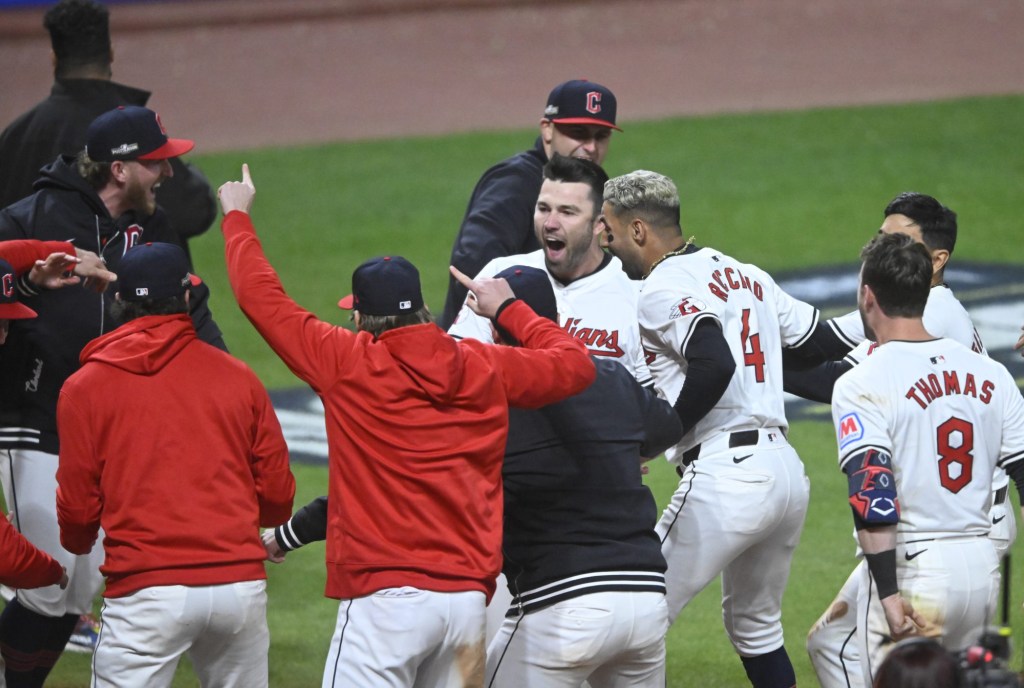
“What we are experiencing right now, we’re making history,” said Mets manager Carlos Mendoza. “That’s what we want. We want to create something here [that’s] special, that we’re playing meaningful games this year when it’s getting cold again. This is something we’re all embracing. I know it’s been a while [since the Mets contended], and that’s why you see so much excitement around the city and around baseball.”
The Guardians are the relative undercard in MLB’s final four, with a $107 million payroll that is a fraction of the other three remaining teams. But even Cleveland features stars such as José Ramírez and Steven Kwan, and overnight sensations Jhonkensy Noel and David Fry. With a 76-year title drought, there is an element of the 2004 Red Sox and 2016 Cubs if the underdog Guardians can complete their championship pursuit.
Big in Japan
The notion of Ohtani driving big viewership totals in his native country, on its face, is hardly surprising. There, Ohtani’s fame and appeal is on a level closer to royalty than sports. Diving further into recent numbers coming out of Japan shows just how powerful Ohtani’s draw is, particularly when accounting for the country’s population difference compared to the U.S.
The NLDS Game 5 between the Dodgers and Padres—played in Los Angeles on Oct. 11 but airing on a Saturday morning in Japan—drew a 19.2 rating in Japan. That figure—representing the percentage of TV households watching a program—would represent a viewership of about 33 million had it been in the U.S. Such a figure is on par with what an NFL divisional playoff game draws domestically.
Game 1 of the World Series on Oct. 25—again a Saturday morning in Japan—could approach NFL conference championship game-type numbers, or even the Super Bowl, if Ohtani and the Dodgers are there.
